
6 grasses for a North-facing garden
And suited to cool shade!
Contents
A north-facing garden is subject to particular climatic conditions, and it is not always easy to find the right plants suited to this type of environment. Sunlight is scarce, and in winter, cool temperatures, cold winds, and frost complicate matters for plants. One might think that there are no grasses capable of surviving in these situations. Yet, there are indeed some! From tall to short, with evergreen foliage that is either uniform, variegated, or changes colour throughout the seasons, more or less bushy, and sometimes groundcover… Grass enthusiasts and owners of shaded gardens, here is a selection of grasses that can thrive with little sunlight, in cool to moist soil, and possess good hardiness!
Wood-rush
Although it is not technically a grass, as it belongs to the Juncaceae family, I present to you the Wood rush or Luzula sylvatica. This very hardy and robust plant, resembling a grass, is perfect for dressing shady gardens. Thanks to its stolons, it can easily spread, making it an excellent groundcover. Growing to a height of 30 to 40 cm depending on the variety, it gradually expands to about thirty centimetres. While the typical species features bright light green leaves edged with fine white threads, there are varieties with marginated or variegated foliage in cream white, such as Luzula sylvatica ‘Marginata’ or Luzula sylvatica ‘Surprise’. The Luzula sylvatica ‘Solar Flare’ boasts stunning and intense lemon green leaves. When the Wood Rush flowers in spring from April to June, it produces panicles of small spikelets that adorn the top of the clump. Forming large dense cushions, plant Luzula sylvatica at the base of trees, for example. It will feel at home there, as it is not afraid of root competition. To keep it company, add Periwinkle with simple mauve or white flowers, either solid or variegated foliage. The Heuchera in various colours and the Corydalis also tolerate shade and make good companions.
⇒ Everything you need to know about Wood rush: planting, growing, and care
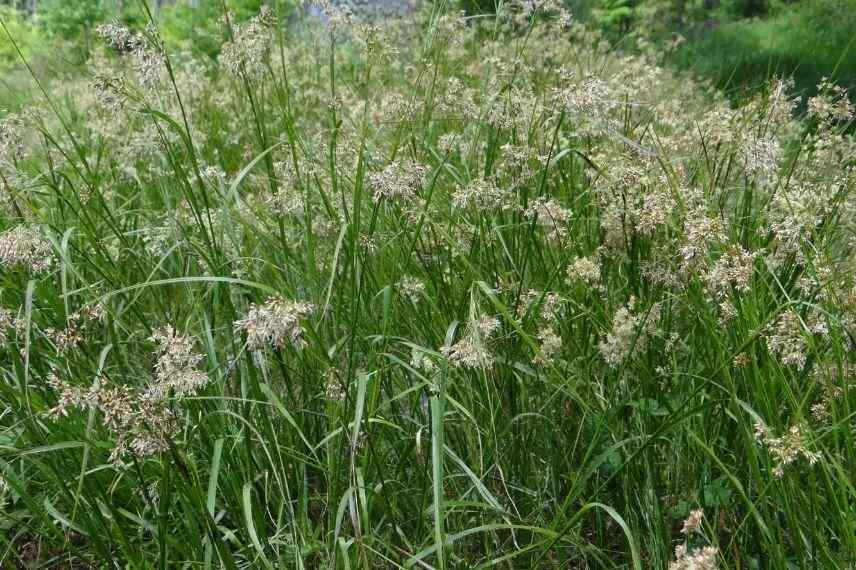
Luzula sylvatica
Read also
Grasses: which variety to choose?Carex oshimensis
One often finds sedges among Grasses, but be aware that it belongs to the Cyperaceae family. With its narrow ribbon-like foliage that stands upright before trailing in all directions, the Oshima Sedge or Carex oshimensis is highly ornamental. It is renowned for its adaptability in shaded situations, as well as for the numerous shades of its foliage. Indeed, the EverColor series includes some beautiful varieties. The following cultivars can be mentioned:
- the Carex oshimensis ‘Evergold’ features green and light yellow
- the Carex oshimensis ‘Everest’ displays grey-green leaves edged in white
- the Carex oshimensis ‘Evercream’ has green foliage with cream-white margins
- the Carex oshimensis ‘Everillo’ is very bright, with chartreuse green
- the Carex oshimensis ‘Evergreen’ is perfectly green and glossy
- the Carex oshimensis ‘Everglow’ has green foliage edged in yellow and copper
- the Carex oshimensis ‘Everlime’ offers bright light green foliage
Its clump of leaves generally rises to about 30 cm high with a spread of 30 to 40 cm. Also known as Japanese Sedge, its flowering in brown spikes is rather discreet. In humus-bearing, cool to moist soil, this highly graphic perennial can be placed at the edge of a border. Its evergreen foliage pairs beautifully with the dark Ophiopogon planiscapus ‘Nigrescens’, the marginate Liriope muscari ‘Gold Banded’, and with the broad leaves of Disporopsis pernyi. In pots, Carex oshimensis can also be planted with other flowering plants for a colourful display, or as a solitary plant.
⇒ With our article, you will know everything about Carex: planting, dividing, and care
⇒ Read our tips for choosing your sedge: Carex, buying guide
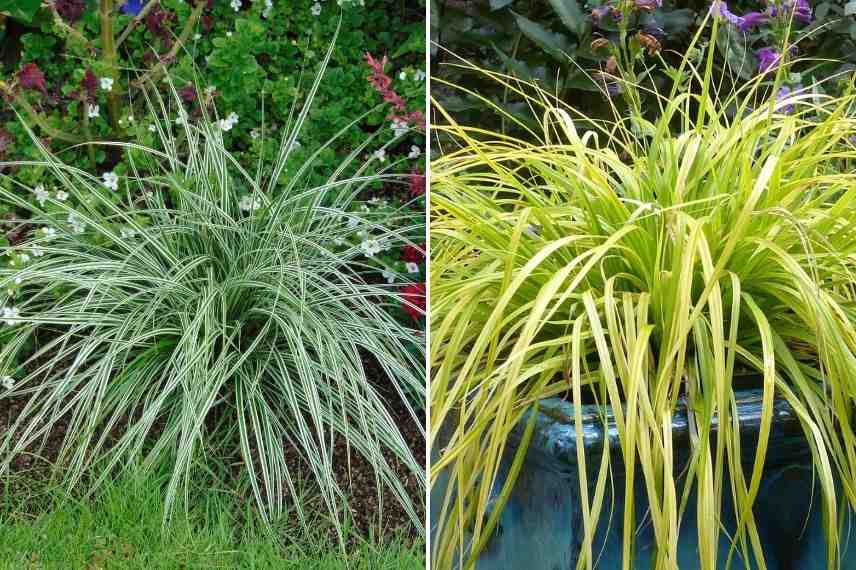
Carex oshimensis ‘Everest’ and Carex oshimensis ‘Everillo’
Discover other Ornamental grasses
View all →Available in 0 sizes
Available in 1 sizes
Available in 0 sizes
Available in 0 sizes
Available in 1 sizes
Available in 0 sizes
Available in 1 sizes
Available in 1 sizes
Available in 2 sizes
Available in 1 sizes
Hakonechloa
Japanese Grass or Hakonechloa macra impresses us with the lushness of its foliage. Its arching, linear leaves overlap to form a large clump, reaching heights of 40 cm and spreading up to 60 cm wide for some varieties. Its foliage can be solid green, as seen in the type species, golden like Hakonechloa macra ‘All Gold’, or variegated green like Hakonechloa macra ‘Albostriata’ and Hakonechloa macra ‘Aureola. Green in summer, the Japanese Grass ‘Beni-Kase’, the variety ‘Naomi’ and Hakonechloa macra ‘Sunflare’ gradually turn reddish-purple at the end of the season. However, the most surprising is Hakonechloa macra ‘Nicolas’, which adorns itself with yellow, orange, and bronze as autumn arrives. In the ground, this grass, which enjoys shade and cool soils, spreads slowly over the years. It fits beautifully in a large, opulent garden with abundant vegetation. Plant Japanese Grass alongside the bushy Rodgersia pinnata, an Acanthus such as Acanthus mollis ‘Tasmanian Angel’, an Astilbe, and a giant Hosta like the variety ‘Jurassic Park’.
⇒ Discover our guide to learn all about Hakonechloa, Japanese Grass: planting, growing, care
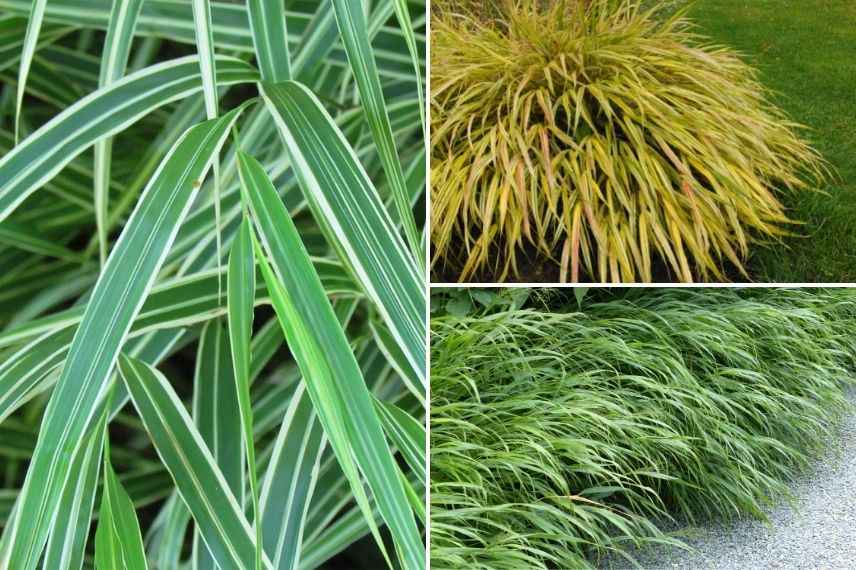
Hakonechloa macra ‘Albostriata’, Hakonechloa macra ‘Aureola’ and Hakonechloa macra
Read also
Planting grassesBrachypodium
The Wood Brachypodium or Brachypodium sylvaticum in Latin, has a very simple and natural style. With its tuft of long, flat, and curved leaves, this pilous grass integrates wonderfully into a north-facing shaded garden. Standing up to 80 cm tall from June to September, its fine and flexible flowering stems sway gently in the wind. At their tips, the inflorescences consist of discreet elongated spikelets. Evergreen and very hardy, the Wood Brachypodium remains green throughout winter, which is a real decorative asset. This forest edge plant is ideal for shady gardens that are not too dry in summer. Under trees, this Brachypodium easily blends with perennials such as Cimicifuga and Solomon’s Seal. The Epimedium, Spanish Bluebells, and smaller Trilliums take their place in the foreground.
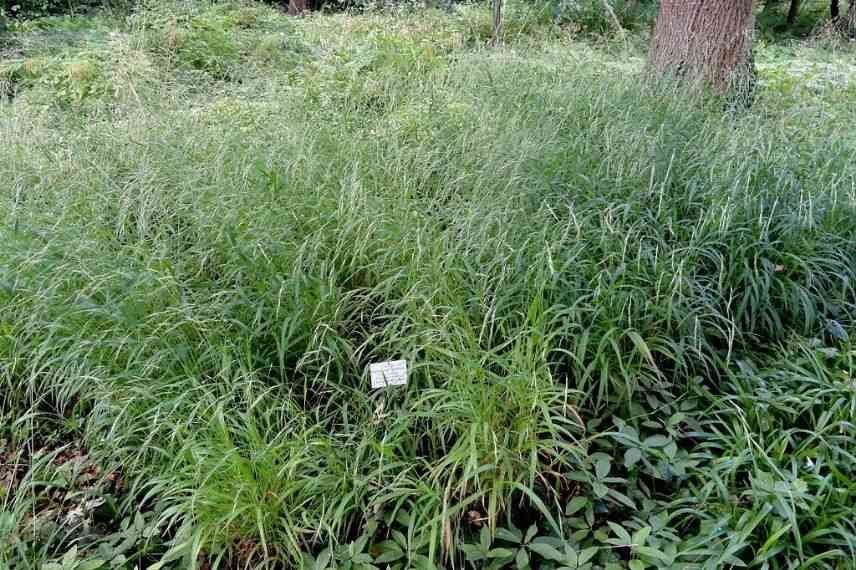
Brachypodium sylvaticum (photo Botanical Garden, University of Frankfurt – Wikimedia)
Melica 'Albida'
The great appeal of the Melica uniflora ‘Albida’, known as the one-flowered Melic in French, lies in its graceful and delicate silhouette. Indeed, this grass, measuring around sixty centimetres in all directions during flowering, forms a tuft that is light and airy. Its supple leaves, rough to the touch, are tinted a lovely light green. From May to July, this variety displays white spikelets inserted on fine stems that sway and dance elegantly in the wind. These inflorescences cluster into a vapour-like cloud of incredible charm. Subsequently, the pollinated flowers give rise to small brown-tinted seeds. Highly resistant to cold and easy to grow, this Melic adapts to all types of soil, provided they are cool but not waterlogged. At the foot of bushes, the Melic can be paired with shade-loving plants, such as white Luzula, Astrantia with its wonderful flowers, Bergenias, and candelabra primrose.

Melica uniflora (photo AnRo0002-Wikimedia)
Phaenosperma globosa
The Phaenosperma globosa is a grass native to Asia, typically growing in mountainous regions, in cool situations, under trees, or by watercourses. This perennial plant is particularly hardy and can withstand temperatures below -15°C. It is highly decorative with its tuft of linear leaves, 4 cm wide, pointed, and trailing. The leaves are dark green on top and slightly bluish underneath. In June, silver flowers appear on long, slender, curved stems. These very light inflorescences then produce round, glossy seeds grouped in clusters. Little known, this evergreen grass fits perfectly in a shaded garden exposed to the North, where its lovely habit and delicate flowering add a touch of elegance. Plant the Phaenosperma globosa in soil rich in humus that remains cool in summer, alongside ferns, variegated Hostas for added brightness, and Caucasian forget-me-nots with green-grey leaves like the variety ‘Mr Morse’.
For further reading
- Discover our selection of 5 trees for gardens exposed to the north
- Subscribe!
- Contents
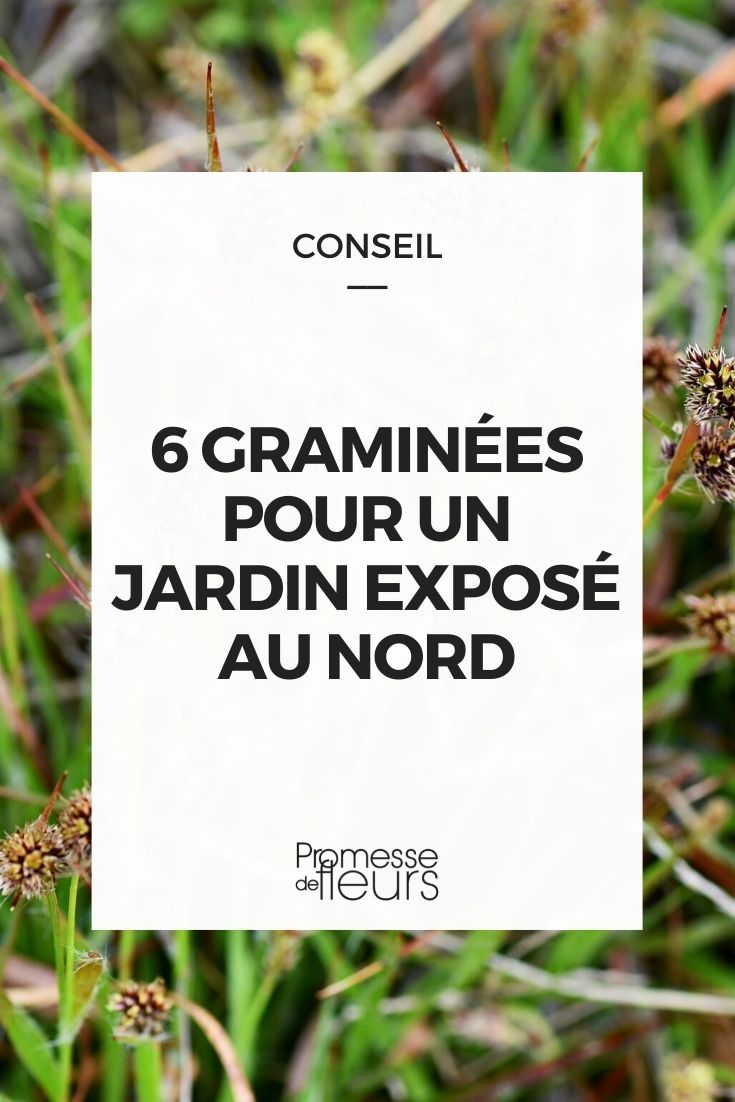
































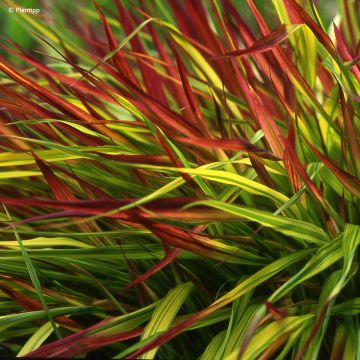
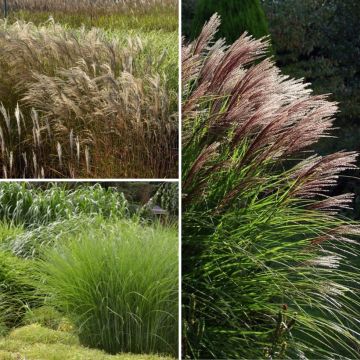
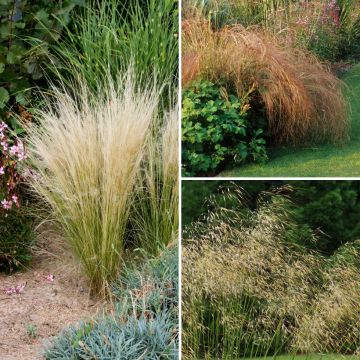
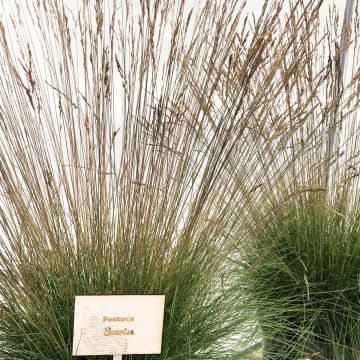
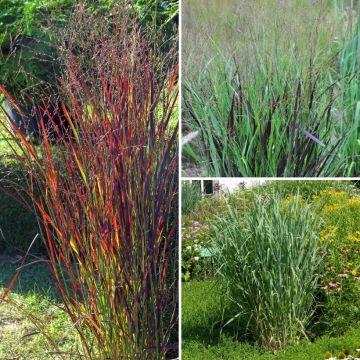
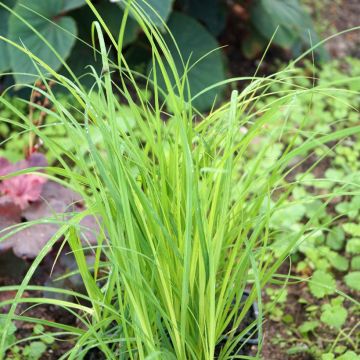

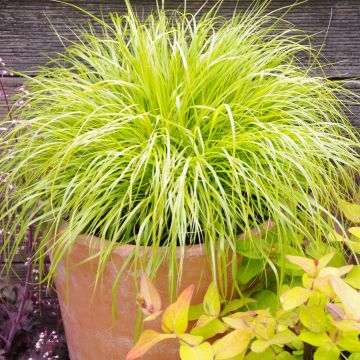

Comments